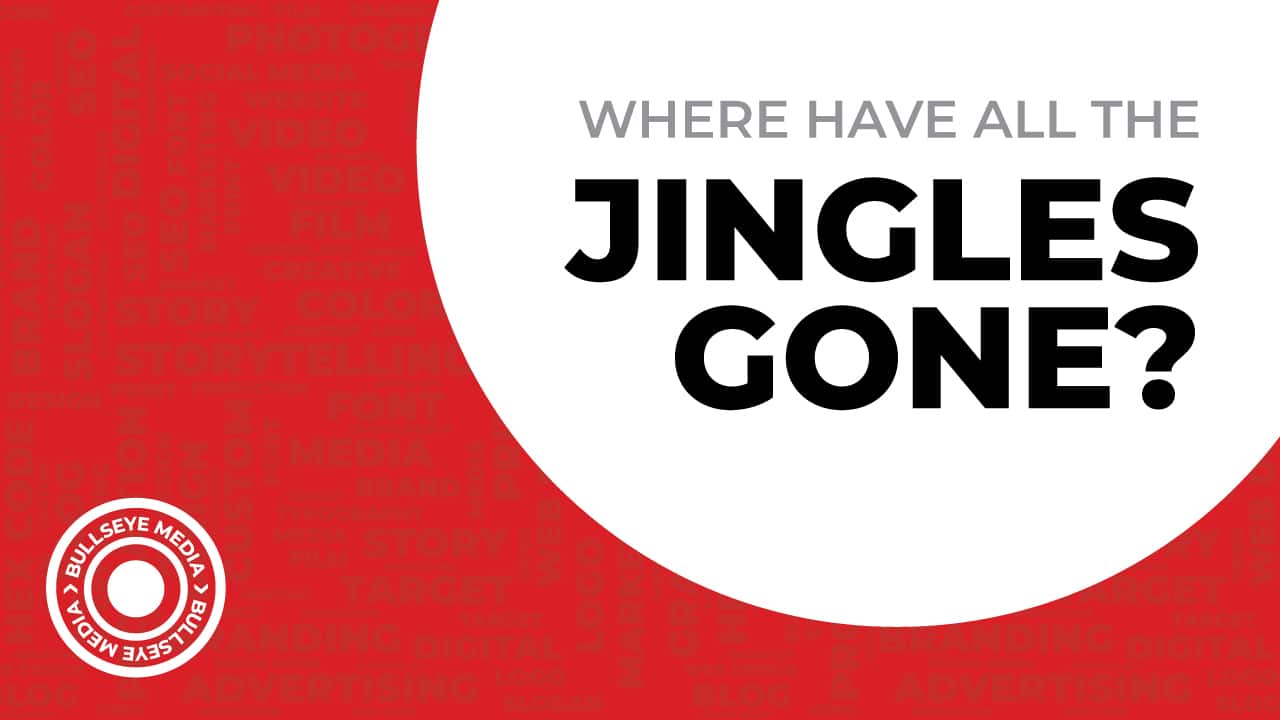
Where Have All the Jingles Gone?
Back in a time when bathing was an annual event and a group of anonymous women penned plays under the name “William Shakespeare,” traveling bands of musicians roamed the London streets, singing for their supper. Supper didn’t always come, so local businesses would sponsor them in exchange for some catchy tunes to drive up business. Thus, the Jingle was born. A few hundred years later, jingles became the go-to tool for advertisers eager to embed their clients’ brands firmly in the consumer brain. Jingle writers were characterized in Broadway musicals like Bye Bye Birdie, and in films like Peter’s Friends. Jingles were the name of the game, but in 2021 it’s starting to look like game over for the jingle. And ba-da-ba-ba-ba, we’re not lovin’ it. Let’s explore what happened.
1. The Best Breakfast Food In The Land
Christmas Eve, 1926, Minneapolis, Minnesota. A child was born who would bring salvation to a struggling cereal brand. That child? The first modern jingle. Recorded by a barber shop quartet, and broadcast over the radio airwaves, “Have You Tried Wheaties” put the Washburn Crosby Co., now General Mills, on the map. While it was originally intended for local markets only, the jingle’s popularity grew, and soon stations around the nation were playing it. With a song in their heads to convince them that this was “the best breakfast cereal in the land,” consumers flocked to fill their bellies with dried flakes of wheat. Advertisers took note of how one little song turned a company around, and jingles, it seemed, were here to stay.
2. Double Your Pleasure, Double Your Fun
With the economic boom of the 1950s and the new presence of televisions in homes, advertising exploded, and with it – you guessed it – jingles. With a jolly tune and words of affirmation, brands were able to turn opinions into facts in the minds of the purchasing public. They believed that “cocoa cocoa wheats cocoa wheats can’t be beat,” that “it’s never too late to make dessert,” that “Winston tastes good like a cigarette should,” and jingle writers raked in the gold. “I was living like a king,” producer Peter Bell told the Atlantic, “and I left every day at 4 to go play squash.” But the 1950s were host to another kind of boom – the baby boomers. As baby boomers started to come of age, so did their rejection of the jingles of old, opting instead to incorporate more popular music into advertising, a trend that has grown to this day.
3. Taste The Thrill Of The Day, And Feel The Pepsi Way
By the mid-1980s, the biggest names in pop music were creating what we might now call “sponsored content.” Michael Jackson reworked his hit “Billie Jean” for Pepsi in 1984, and in 1989 Madonna launched her “Like a Prayer” album essentially as one big ad for Pepsi. She even won an award for her Pepsi-sponsored single at the VMAs, which was sponsored by none other than Pepsi. Over the next couple of decades, famous musicians became more and more comfortable with commercial licensing deals which were lucrative for them, the agencies, and the brands they represented. Thus, the jingle started to die, occasionally trotted out with a wink, like a great-grandmother who sometimes says weird old-timey, and hopefully non-offensive, stuff.
I Want My Baby Back Baby Back Baby Back
So there have all the jingles gone. To the recesses of our memories, to the deepest corners of our hearts, occasionally stumbling into the mind’s ear to shout “I love eggs, from my head down to my legs.” In times of great uncertainty, we often look for someone new to save us, only to discover that the true savior has been there all along. The savior who fed poor musicians in London streets. The savior who came to Minneapolis one Christmas almost a hundred years ago. The jingle. Bullseye Media believes in ambitious creativity. We find solutions to bring brands the attention they deserve. We disrupt markets and take no prisoners. Maybe boldly moving forward means looking back and learning from the icons who came before us. Are you bold enough to bring back the jingle? Are modern agencies like Bullseye bold enough to bring back the jingle? Only time will tell.

 Previous Article
Previous Article